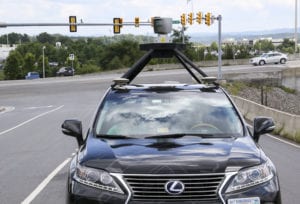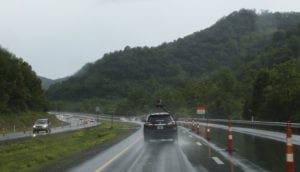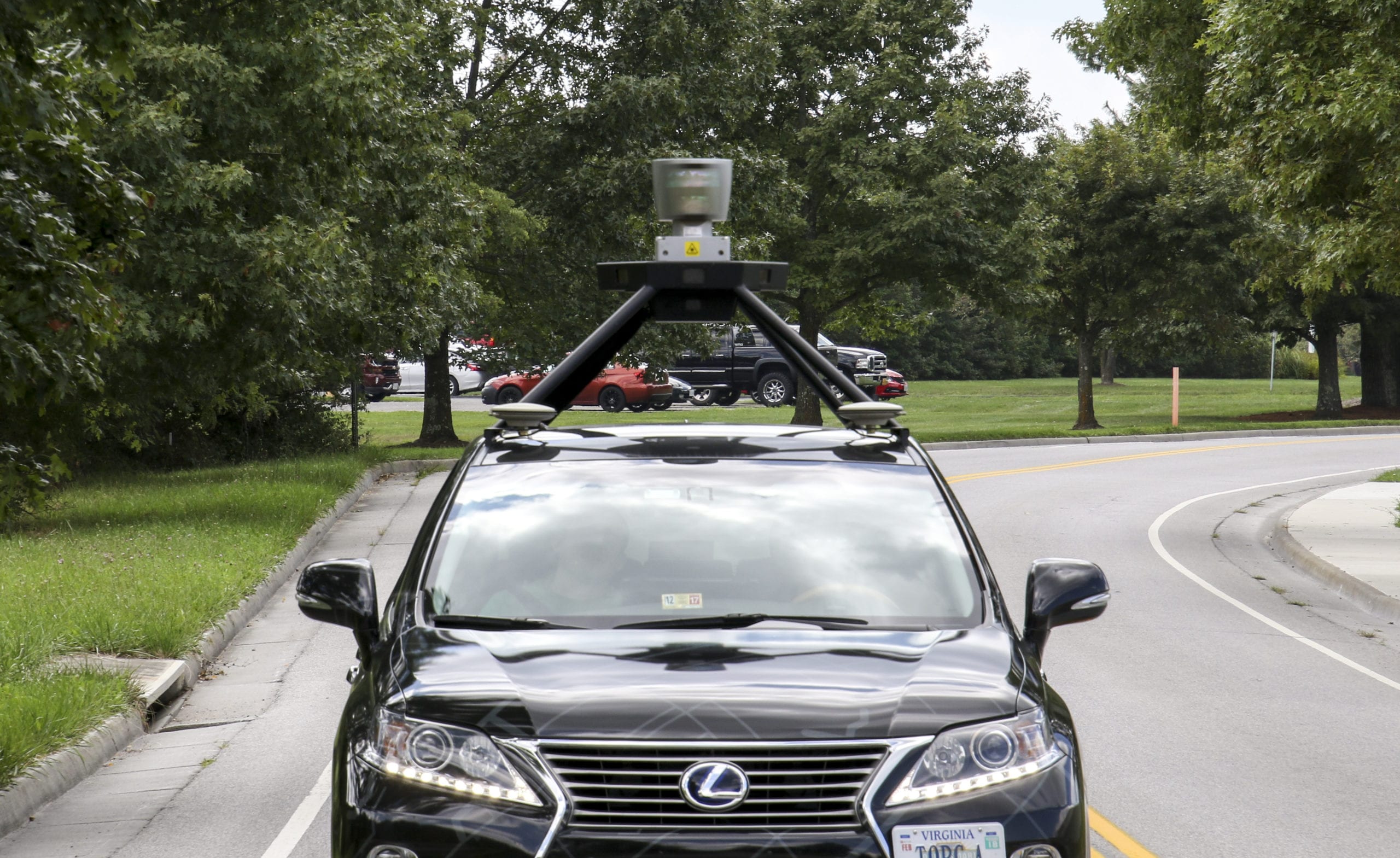This blog post, released in 2017, highlights one of Torc’s initial endeavors: the creation of a secure and innovative self-driving car suitable for various consumer needs. However, starting from 2019, Torc has undergone a significant transition by focusing on the advancement of automated semi-trucks. Through a strong collaboration with Daimler Truck, a leading original equipment manufacturer (OEM), our efforts in self-driving technology have now been redirected towards the future of freight transportation. To gain deeper insights into our transition from developing cars to self-driving 18-wheelers, we invite you to explore more information on this topic here.
In this day and age, it’s hard to miss a self-driving car navigating public roads. Most autonomous vehicles, including ours, are outfitted with a myriad of sensors and cameras that allow them to “see” the road and classify pedestrians, lane lines, street signs, lights, traffic cones, and other visual elements that are important for safe driving. We’ve even been asked if our self-driving technology’s hardware rig is a really complicated bicycle rack.
Torc’s self-driving cars use Lidar, radar, and cameras to feed information about the road to their autonomous software ystems. This multi-modal approach leverages the strength of each component and provides the system with redundancy. Giving the system more than one way to get information about the road is a critical safety feature. If one piece of the system fails, there will always be multiple pieces that can pick up the slack.
While our current sensor suite enabled us to develop our self-driving car quickly, further advances in sensor technology, including affordability and design, will help self-driving cars gain wide consumer acceptance.

Torc’s self-driving car features a roof-mounted Lidar, which creates a detailed, 360° map of the car’s surroundings.
Lidar
The most prominent sensor on Torc’s self-driving car is the large, cylindrical Lidar unit mounted on the roof. The light detection and ranging system creates detailed, 3D maps of the car’s surroundings. Because Lidar uses lasers to measure the distance and shapes of objects, it isn’t confused by shadows or bright light reflected off surfaces like shiny vehicles or wet roads. Lidar can also see farther and in more detail than people can in the dark.
Torc is using a high-resolution Lidar system as we continue to demonstrate and test autonomous capabilities in highway and urban environments. This system is excellent for developing and demonstrating our self-driving system, but this type of Lidar presents challenges for mass use in autonomous vehicles. This is because the sensors are bulky and expensive.
Lidar is an important component of Torc self-driving cars, says Torc founder Michael Fleming. “We’ve been using Lidar since the DARPA Urban Challenge, when only a few companies manufactured Lidar sensors suitable for self-driving cars,” he says. “Today, there are dozens of companies developing and selling Lidar. We believe this competition, coupled with future OEM [original equipment manufacturer] high volume demand, will provide more capable Lidar sensors at a much lower cost.”

Radar sensors, which are attached to the front and rear of the self-driving car, perform well in weather conditions like rain.
Radar
Radar sensors are already incorporated into many consumer vehicles today, where they are used in Advanced Driver Assistance Systems like detecting objects for Adaptive Cruise Control and blind spot monitoring.
One of the strengths of radar sensors is that they can see through visibility blockers—like rain, fog, or snow—better than cameras or even humans. Radar is also used for tracking the distance between self-driving cars and other objects.
Torc recently announced our partnership with NXP Semiconductors—a company also working to accelerate the commercialization of self-driving technology. We have incorporated NXP radar components into our self-driving cars since they first started driving on public roads.
Our system utilizes the raw data from sensors to understand the world around the car, which ensures flexibility to implement the latest sensor technology.
NXP notes in a blog post, “While LiDAR costs are coming down, so is the cost of radar systems. Both technologies are also poised to see large percentage growth and volumes reaching 40-50 million units by 2030.”
Cameras
Cameras provide the self-driving system with yet another way to view the world. The feedback they offer is most similar to the human eye, allowing the system to “see” things like lane markers and street signs, and to classify objects and people.
Companies are still developing cameras optimized for self-driving vehicles. For example, cameras that perform well in very low-light conditions could provide even more clarity on night drives.
Partnership model
As we continue to improve our autonomous system, we’ll also continue to engage with companies that are developing the sensors needed to put self-driving cars on the road. Torc’s partnerships with companies that develop sensors give us an opportunity to provide feedback to inform future sensor improvements that will be critical for making high quality, robust sensors.

